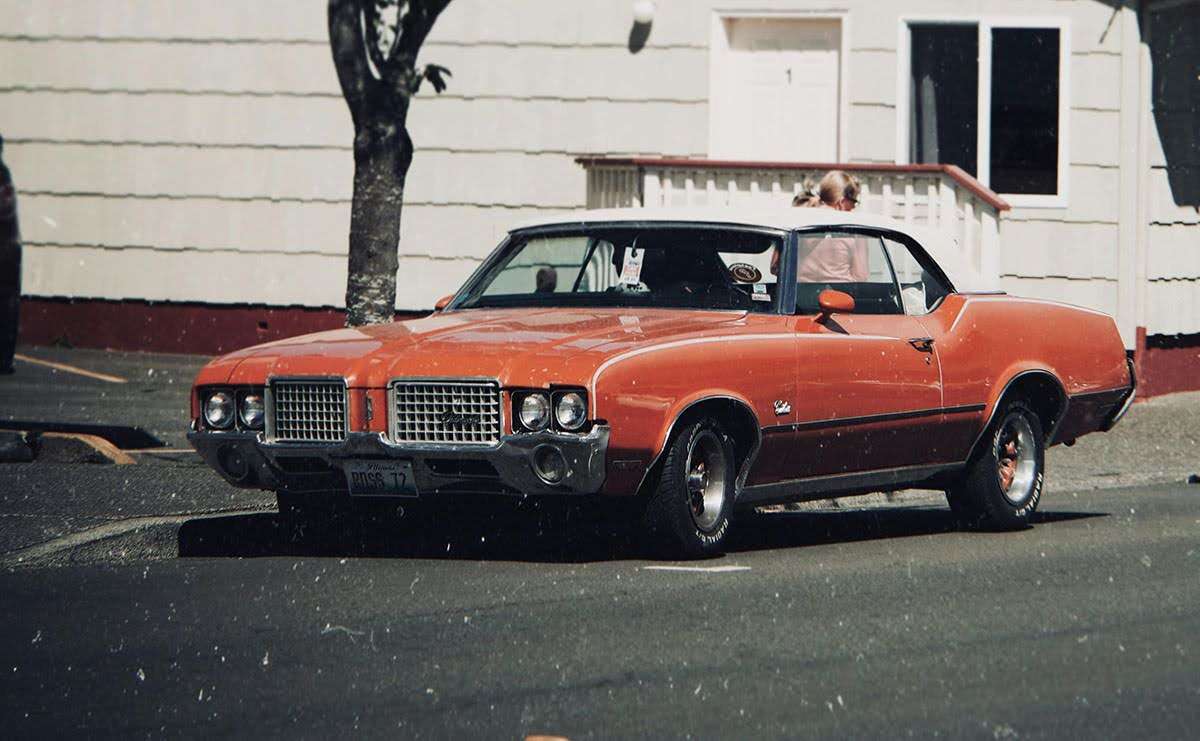There’s something timeless about vintage cars. Whether it’s the curvy elegance of a 1957 Chevrolet Bel Air or the rugged personality of a 1965 Ford Mustang, these machines evoke nostalgia, pride, and an unmatched appreciation for craftsmanship.
While automotive technology has advanced dramatically over the decades, classic cars continue to hold a special place in the hearts of collectors, enthusiasts, and history buffs alike. But what exactly makes these vehicles so enduring in appeal?
The Golden Era of Design
Vintage cars, especially those from the 1930s to the 1970s, represent an era where design wasn’t just functional — it was artistic. Long hoods, chrome finishes, hand-built interiors, and distinct silhouettes gave each model a unique personality. These vehicles were not mass-produced at the scale we see today. Instead, they were often a labor of love, designed by craftsmen who valued beauty just as much as performance.
It’s this attention to detail that makes vintage cars stand out. The aesthetics of a 1963 Corvette Stingray or a Jaguar E-Type aren’t just remembered — they’re celebrated. It’s no wonder that many car lovers turn to model car customizing as a way to pay tribute to these iconic designs.
A Living Piece of History
Driving or even just viewing a vintage car feels like stepping back in time. These vehicles tell stories — of a post-war boom, of 60s rebellion, of 70s extravagance. They transport us to moments of history and carry with them a cultural significance that newer models often lack. Owning or restoring one is more than a hobby — it’s a way of preserving the past.
This passion extends into the world of miniatures, where car model making brings these automotive icons into homes and offices. Collectors often recreate legendary cars in intricate detail, from the leather texture on the seats to the placement of decals and the shape of the hood ornaments.
Community and Connection
Vintage cars aren’t just admired for their looks or history. They bring people together. From local car shows to international vintage rallies, enthusiasts gather to celebrate, share stories, and show off their prized vehicles. The community is tightly knit, welcoming both long-time collectors and newcomers.
Many of these enthusiasts also invest in custom car models to showcase their love for a particular vehicle, especially when the actual car may be out of reach due to cost or rarity. These miniature replicas not only allow fans to build a collection but also spark meaningful conversations among like-minded people.
Sustainability and Restoration
Interestingly, vintage cars are also becoming symbols of sustainable restoration. Instead of being discarded, they are lovingly repaired and maintained. Rebuilding a vintage vehicle often involves sourcing original parts or crafting them by hand, a process that supports small-scale manufacturing and skilled trades.
This eco-conscious approach has given rise to growing appreciation not just for the cars themselves but for what they represent — durability, uniqueness, and the art of reuse. It’s a counterbalance to today’s fast-paced, disposable culture.
The Lasting Legacy
Vintage cars are more than old machines; they are cultural landmarks. Their legacy lives on in films, museums, photography, fashion, and design. And as long as there are people who value history, beauty, and individuality, vintage cars will continue to capture imaginations.
From full-scale restorations to handcrafted miniatures, their influence remains strong. Whether it’s for display, education, or pure admiration, custom models ensure these classics never fade into obscurity.
In a world where everything changes rapidly, vintage cars — and their scaled-down representations — remind us of a slower, more deliberate era. They’re more than collectibles. They’re a celebration of history, design, and timeless style.


